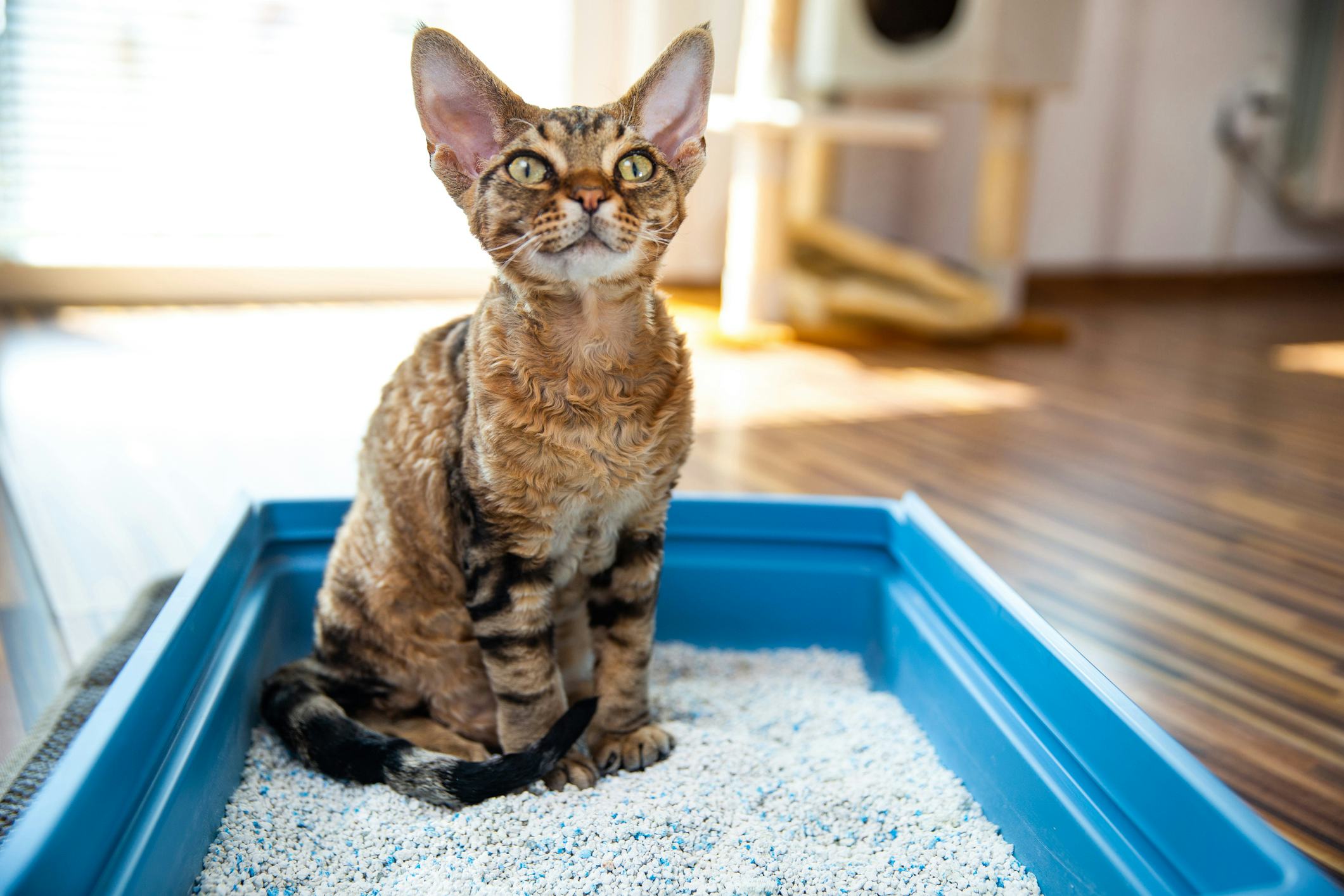Avoid Plumbing Problems: Don't Flush Cat Poop Down Your Toilet - Expert Advice
Check It OutWe've come across the article pertaining to How to Dispose of Cat Poop and Litter Without Plastic Bags below on the web and believe it made sense to talk about it with you on this page.

Intro
As pet cat proprietors, it's necessary to bear in mind exactly how we get rid of our feline close friends' waste. While it may seem practical to purge feline poop down the bathroom, this practice can have harmful consequences for both the setting and human health and wellness.
Alternatives to Flushing
Fortunately, there are safer and much more accountable means to throw away cat poop. Take into consideration the complying with alternatives:
1. Scoop and Dispose in Trash
One of the most common technique of taking care of pet cat poop is to scoop it into an eco-friendly bag and throw it in the garbage. Be sure to utilize a dedicated litter scoop and dispose of the waste immediately.
2. Usage Biodegradable Litter
Choose biodegradable pet cat clutter made from products such as corn or wheat. These litters are environmentally friendly and can be safely gotten rid of in the garbage.
3. Hide in the Yard
If you have a lawn, take into consideration burying pet cat waste in a marked area far from vegetable yards and water resources. Be sure to dig deep sufficient to stop contamination of groundwater.
4. Install a Pet Waste Disposal System
Purchase an animal garbage disposal system especially designed for feline waste. These systems utilize enzymes to break down the waste, lowering odor and environmental effect.
Wellness Risks
In addition to environmental problems, purging pet cat waste can additionally pose health and wellness dangers to people. Pet cat feces might have Toxoplasma gondii, a parasite that can trigger toxoplasmosis-- a possibly severe disease, specifically for expectant females and individuals with damaged immune systems.
Environmental Impact
Purging pet cat poop presents harmful pathogens and parasites into the water system, presenting a substantial threat to marine ecological communities. These pollutants can negatively affect marine life and compromise water quality.
Final thought
Accountable family pet ownership prolongs beyond offering food and shelter-- it also involves correct waste monitoring. By avoiding purging pet cat poop down the commode and selecting alternate disposal techniques, we can reduce our environmental impact and safeguard human health and wellness.
Why You Should NEVER Flush Cat Poop (and/or Litter) Down Your Toilet
The Problem with Litter
The main function of litter is to solidify and adhere to your cat’s waste. While this makes litter excellent for collecting cat poop and urine, it’s also the exact property that makes it a nightmare when flushed down the toilet.
Cat litter can and will clog pipes. There is non-clumping litter, but it’s still quite heavy and can build up in pipes. This is true even of supposed “flushable litter.â€
The problems only compound when the litter is already clumped into cat waste. Toilet paper is among the more flushable things, and even too much of that will clog a toilet.
The Problem with Cat Poop
Sewers and septic systems are designed with human waste in mind. The microbes that help break down human waste don’t work on cat waste. Additionally, cat poop plays host to the parasite Toxoplasma gondii.
When flushed, this parasite can enter the environment in places it was never meant to, posing a risk to pregnant women, their unborn children, and other people with compromised immune systems. While it might not seem possible, flushing cat poop can indeed introduce this parasite to the public water supply.
These reasons are why, even if you’ve trained your cat to go on the toilet and flush, which is possible, it’s still not a good idea. Also, pregnant women and the immunocompromised shouldn’t change litter, either.
How to Handle Litter
The best way to handle litter is to simply put it in a plastic bag and place it in the trash. Avoiding environmental risks and possible plumbing damage is worth the extra effort.
You can also invest in devices that seal away your cat’s waste in a separate compartment, so you don’t have to change the litter nearly as often. They’re also safer for pet owners because they limit the possibility of Toxoplasma gondii exposure.
Disposing of litter the old-fashioned way will ensure you won’t have to worry about any issues that flushing the waste can potentially cause.
Take Care of Clogged Pipes with Stephens Plumbing, Heating & Air Conditioning
The reasons you should never flush cat poop down your toilet are numerous, but sometimes the inevitable happens despite your best efforts.
Stephens Plumbing, Heating & Air Conditioning is ready to help if you’re experiencing litter-blocked plumbing. Whether you need us in an emergency or want to schedule regular maintenance, we’re here for you.
https://www.stephensplumbing.net/bathroom-plumbing/never-flush-cat-poop-down-your-toilet/

As an enthusiastic reader on Don’t flush cat feces down the toilet, I assumed sharing that section was beneficial. Sharing is nice. Helping people is fun. We thank you for reading our article about Don’t flush cat feces down the toilet.
Schedule Your Service